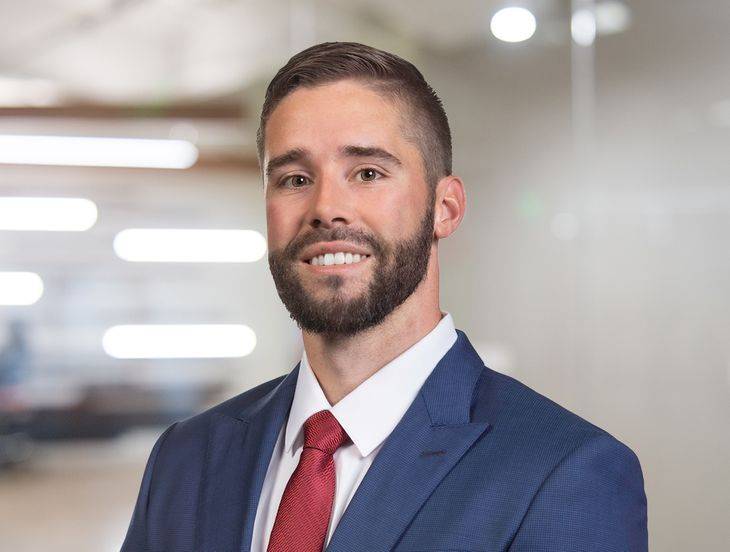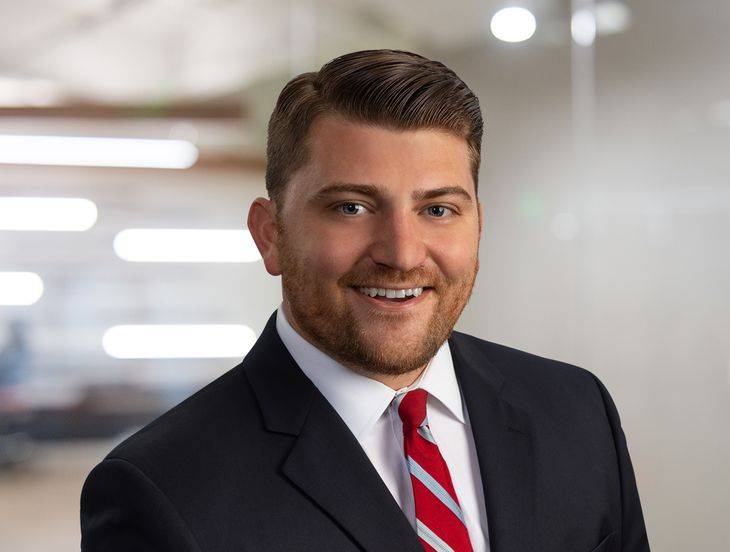Caught in a Raging Storm: 5 Steps Your School Should Take as NIL Disputes Continue to Cause Problems for Universities
Insights
2.05.25
A new name, image, and likeness (NIL) dispute signals that the storm surrounding college athlete compensation will not be calming anytime soon. A lawsuit involving Florida State’s head basketball coach is the latest – but certainly not the last – event to impact this new era college athletics. What does your college, university, or business need to know about this lawsuit and what are five steps you can take to prepare for these unchartered waters?
Former Players Sue Their Head Coach Due To Unfulfilled NIL Promises
This lawsuit is the second major lawsuit involving a head coach over NIL disputes.
- In May 2024, a lawsuit brought by a former top-ranked high school recruit, Jaden Rashada, alleged that University of Florida’s head football coach, Billy Napier, did not follow through on alleged promises regarding NIL payments contingent upon Rashada signing with the school.
- Now, six former Florida State basketball players have brought an action against FSU head basketball coach Leonard Hamilton alleging that Hamilton failed to make good on promises that each player would receive $250,000 in NIL compensation. The players allege that Hamilton promised them that the deals would come directly from Hamilton’s business partners and not Florida State’s NIL collective, “Rising Spear.” When the alleged deals did not come as promised, the players took it upon themselves to sit out of a practice ahead of an upcoming game. The players said they intended to sit out of the game, but Hamilton allegedly promised them that the NIL payments would come within a week. The players allegedly never received any of the promised payments. The December 30 lawsuit alleges that text messages between the players and Hamilton, along with a representative from the NIL collective, makes reference to in-person communications regarding the payments, or lack thereof. (Of note: Hamilton just announced this week that he would be resigning as Head Coach at the end of the season after 23 years.)
5 Steps Your School Can Take
Ultimately, the emergence of NIL is causing all kinds of new issues for universities, collectives, and businesses dealing with college athletes. So what are the five things you can do to minimize the risks of encountering similar problems?
1. Make All NIL Agreements in Writing
Currently, NIL laws and NCAA rules specifically prohibit offering deals to recruits as an inducement, commonly known as “pay for play.” In the past three years, a wave of NIL collectives have been formed that are closely affiliated with universities. The urgency to connect with student-athletes entering college or in the transfer portal has increased the risk of disputes arising from verbal conversations. Collectives and any third-party entering into an NIL Agreement should ensure that the agreements are in writing to avoid any potential disputes. Your NIL Agreements should also include a merger clause signifying that the written agreement takes precedent over any verbal discussions.
2. Ensure Your NIL Agreements Comply with State Law, University and NCAA policies, and FTC Requirements
An NIL Agreement should define the relationship between your brand and the student-athlete. Any such contracts should also ensure compliance with the Fair Trade Commission (FTC) rules and regulations for advertising products and services and state law. The FTC’s rules and regulations for compliance on social media place responsibility not only on promoters, but also on the brands that partner with them.
Additionally, NIL Agreements must comply with state law and any university policies. Any athletes who enter into a contract for use of their name, image, or likeness must disclose the existence and terms of the contract to the university they attend. Additionally, athletes may be prohibited from entering into compensation contracts for use of their NIL if a contract term conflicts with any other contracts to which their universities are a party.
Many universities have also published NIL policies that student-athletes and third-party companies must follow. Some of these policies include but are not limited to:
- The use of university or athletic department-related marks, logos and other intellectual property;
- the use of university or athletic department facilities;
- waiver of liability forms; and
- the disclosure of any NIL agreement to the university.
You may want to confirm in writing that the student-athlete agrees to satisfy these legal obligations so that you don’t get dragged into a legal challenge should they fail to comply.
Lastly, monitoring developments in the House case is significant as final approval of the proposed settlement agreement would pave the way for schools to directly compensate their athletes for their services.
3. Develop Clear Boundaries
Besides outlining the duration of the relationship, your NIL Agreements should contain clear expectations regarding social media posts, approval protocols, and competitor restrictions. It is also important to ensure your written agreement confirms the correct legal classification of the student-athlete as they related to your business – they remain at all times an independent contractor and are not employee of your business. You will also want to work with your legal counsel to ensure your relationship with the student-athlete in fact doesn’t veer towards an employee-employer arrangement regardless of your written contract.
4. Consider Conduct and Other Provisions
You may also want to include provisions requiring athletes to conduct themselves professionally and for exclusive content control. Additionally, given the surging transfer market, you may want to include “claw back” provisions that would sever or alter the business relationship triggered by a transfer of schools or other material changes to the student-athlete’s marketability.
5. Understand Legal Risk Arising From Verbal Statements
University and NIL Collective employees should also be trained regarding the legal risk that can arise from making verbal statements regarding NIL offers. Even if a NIL contract is not signed, claims can arise out of allegations related to unfulfilled promises, thwarting other business opportunities, or improperly inducing someone to enter into or terminate a contract.
Employees may create liability for universities and collectives if they are engaged in the course and scope of their employment. You should train your employees regarding legal liability arising from discussing NIL offers and understand that NIL Agreements may not release them from liability.
What’s Next?
State legislatures have prioritized amending NIL laws to stay competitive in this new era. Further, final approval of the House v. NCAA proposed settlement agreement will completely alter how NIL deals get done. The hearing on final approval is set for April. In the meantime, stay up to date with proposed changes in NIL laws in your prospective state.
Conclusion
If your institution or business has additional questions regarding NIL, feel free to reach out to your Fisher Phillips attorney, the authors of this Insight, another member of our Sports Industry Group, or any member of our Higher Ed Team. We’ll continue to monitor the status of developing NIL legislation and will provide updates as warranted, so make sure you are signed up for Fisher Phillips’ Insight service to receive the latest news directly in your inbox.
Related People
-
- Michael E. Bonner
- Associate
-
- Rob Dickson
- Associate
-
- Brett P. Owens
- Partner


